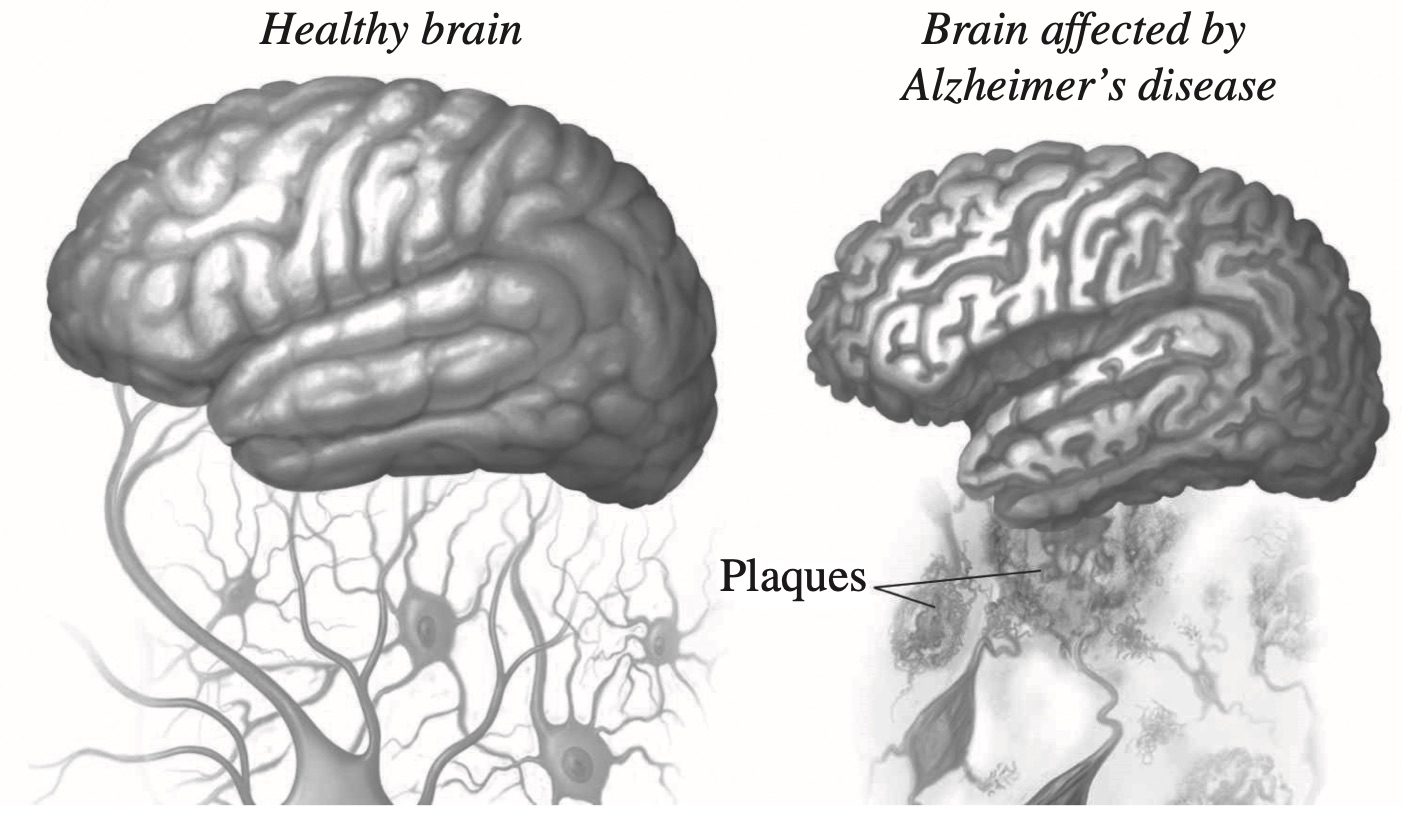The prevalence of a non-infectious disease has remained constant for over 10 years. A new treatment for this disease prolongs the life of people with the disease, but does not cure them.
Which row in the table shows the effect of the treatment on both the incidence and prevalence of this disease?
\begin{align*}
\begin{array}{l}
\rule{0pt}{2.5ex} \ \rule[-1ex]{0pt}{0pt}& \\
\rule{0pt}{2.5ex}\textbf{A.}\rule[-1ex]{0pt}{0pt}\\
\rule{0pt}{2.5ex}\textbf{B.}\rule[-1ex]{0pt}{0pt}\\
\rule{0pt}{2.5ex}\textbf{C.}\rule[-1ex]{0pt}{0pt}\\
\rule{0pt}{2.5ex}\textbf{D.}\rule[-1ex]{0pt}{0pt}\\
\end{array}
\begin{array}{|l|l|}
\hline
\rule{0pt}{2.5ex}\textit{Change in incidence}\rule[-1ex]{0pt}{0pt}& \textit{Change in prevalence} \\
\hline
\rule{0pt}{2.5ex}\text{None}\rule[-1ex]{0pt}{0pt}&\text{Increases}\\
\hline
\rule{0pt}{2.5ex}\text{None}\rule[-1ex]{0pt}{0pt}& \text{Decreases}\\
\hline
\rule{0pt}{2.5ex}\text{Increases}\rule[-1ex]{0pt}{0pt}& \text{None} \\
\hline
\rule{0pt}{2.5ex}\text{Decreases}\rule[-1ex]{0pt}{0pt}& \text{None} \\
\hline
\end{array}
\end{align*}
